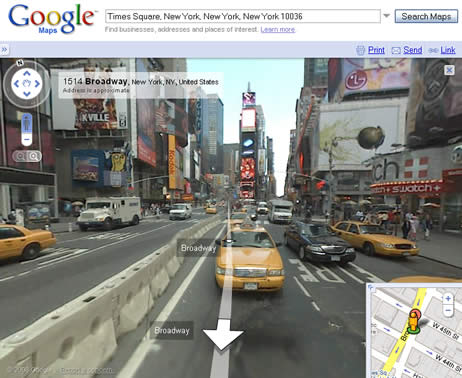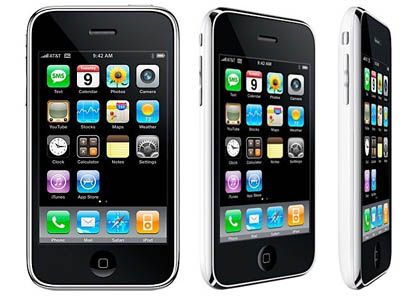A group of us from Google[x] started Project Glass to build this kind of technology, one that helps you explore and share your world, putting you back in the moment. We’re sharing this information now because we want to start a conversation and learn from your valuable input. So we took a few design photos to show what this technology could look like and created a video to demonstrate what it might enable you to do.
Please follow along as we share some of our ideas and stories. We’d love to hear yours, too. What would you like to see from Project Glass?
+Babak Parviz +Steve Lee +Sebastian Thrun






 13:44
13:44
 Unknown
Unknown



 Evansville
Evansville Getaria
Getaria Leominster
Leominster Lowell
Lowell Toruń
Toruń Zielona Góra
Zielona Góra








